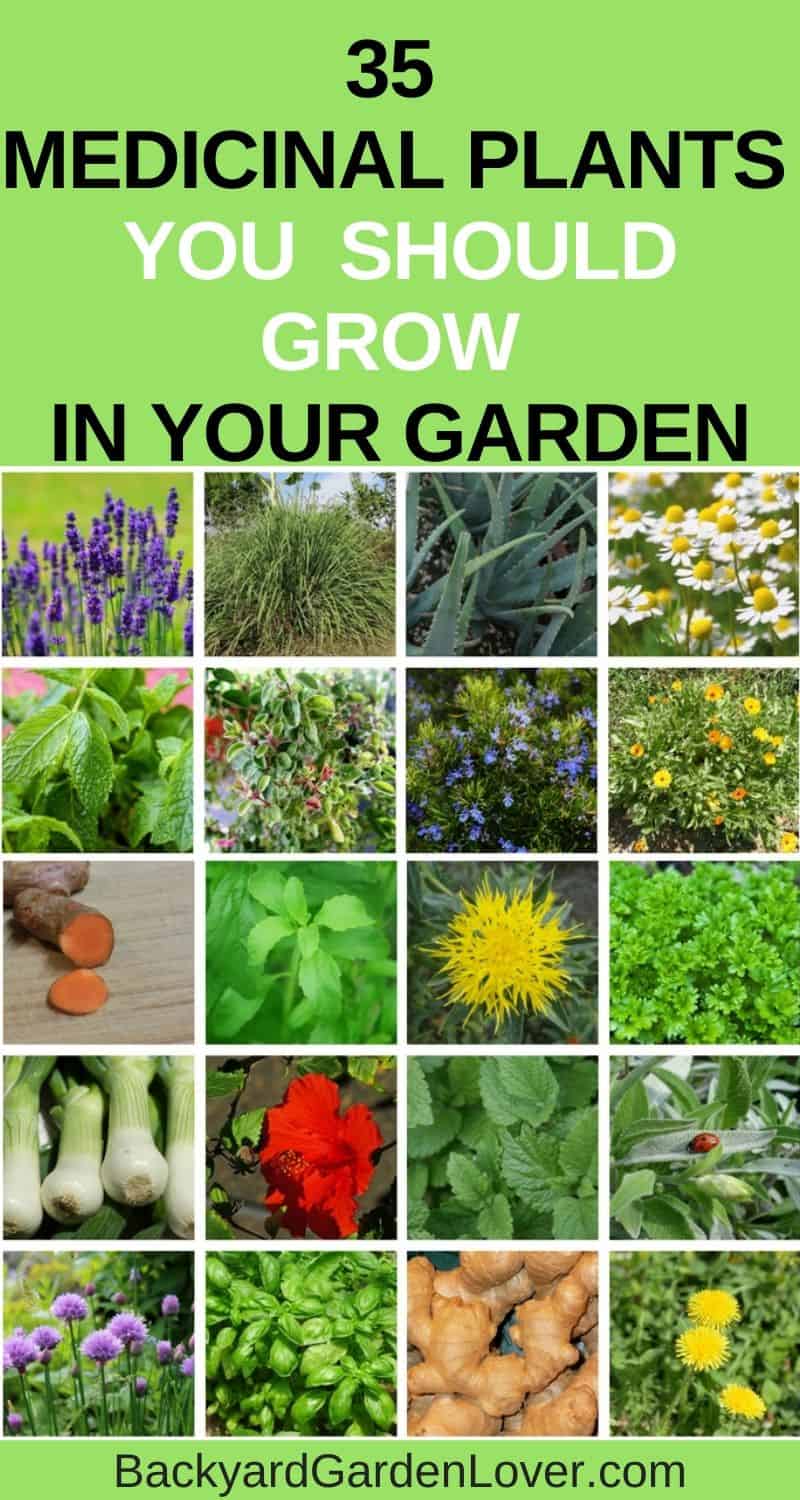Therefore, farmer-based on-farm conservation medicinal plant biodiversity been to a successful approach. 28.7.2 Situ Conservation Approach. technique conserving biological diversity the zone their natural occurrence termed situ conservation (Borokini al. 2010; Antofie 2011).
 The biodiversity medicinal plants influenced a multitude interconnected factors variations temperature, intensity light, increase the level carbon dioxide, UV radiations, ozone depletion, salinity, flood, drought, etc. shape distribution, abundance, diversity these valuable plant species. .
The biodiversity medicinal plants influenced a multitude interconnected factors variations temperature, intensity light, increase the level carbon dioxide, UV radiations, ozone depletion, salinity, flood, drought, etc. shape distribution, abundance, diversity these valuable plant species. .
 two drugs derived a wild plant native Madagascar. we know about treasure trove inhabiting wild places. of 1995, than 1 percent all tropical plant species been screened potential pharmaceutical applications. medicinal plants receive increased scientific commercial attention, is
two drugs derived a wild plant native Madagascar. we know about treasure trove inhabiting wild places. of 1995, than 1 percent all tropical plant species been screened potential pharmaceutical applications. medicinal plants receive increased scientific commercial attention, is
 knowledge conservation medicinal plant species essential7,8. Humans used medicinal plants at 2600 BCE9,10 perhaps upwards 30,000 years11. Moreover, hundreds thousands (to millions) years, paleolithic hom-inins used plants cure diseases at to ameliorate symptoms12,13 .
knowledge conservation medicinal plant species essential7,8. Humans used medicinal plants at 2600 BCE9,10 perhaps upwards 30,000 years11. Moreover, hundreds thousands (to millions) years, paleolithic hom-inins used plants cure diseases at to ameliorate symptoms12,13 .
 Medicinal plants used maintain physical, mental, spiritual health all cultures in variety capacities contexts. plants include species one more organs produce compounds clinically established therapeutic value, may utilized or precursors drug synthesis, others have been vetted such are believed be .
Medicinal plants used maintain physical, mental, spiritual health all cultures in variety capacities contexts. plants include species one more organs produce compounds clinically established therapeutic value, may utilized or precursors drug synthesis, others have been vetted such are believed be .
 Medicinal plant biodiversity indigenous linguistic diversity inextricably linked (reproduced Cámara-Leret Bascompte 151). large ethnopharmacological assessment spanned North America, northwest Amazonia, New Guinea included ≈3,500 medicinal plant species representing ≈12,500 plant medicinal 'services' (e.g .
Medicinal plant biodiversity indigenous linguistic diversity inextricably linked (reproduced Cámara-Leret Bascompte 151). large ethnopharmacological assessment spanned North America, northwest Amazonia, New Guinea included ≈3,500 medicinal plant species representing ≈12,500 plant medicinal 'services' (e.g .
 The book explores conventional non-conventional biotechnological interventions their biodiversity conservation. Medicinal plants been in worldwide a major source raw material the traditional herbal healthcare practices well for drug discovery development pharmaceutical industry. cumulative .
The book explores conventional non-conventional biotechnological interventions their biodiversity conservation. Medicinal plants been in worldwide a major source raw material the traditional herbal healthcare practices well for drug discovery development pharmaceutical industry. cumulative .
 Plants been essential source human medicine millennia. this review, argue a holistic, interdisciplinary approach the study medicinal plants combines methods insights three key disciplines - evolutionary ecology, molecular biology/biochemistry, ethnopharmacology - poised facilitate breakthroughs science, including pharmacological .
Plants been essential source human medicine millennia. this review, argue a holistic, interdisciplinary approach the study medicinal plants combines methods insights three key disciplines - evolutionary ecology, molecular biology/biochemistry, ethnopharmacology - poised facilitate breakthroughs science, including pharmacological .
 Bioactive compounds produced plants their endophytes integral parts ecosystems, participating fundamental ecological processes 11, 12 contributing essential health benefits populations globally. 13, 14 current lack transdisciplinary frameworks evaluating medicinal biodiversity a central component planetary health 15 hinders ability sustainably .
Bioactive compounds produced plants their endophytes integral parts ecosystems, participating fundamental ecological processes 11, 12 contributing essential health benefits populations globally. 13, 14 current lack transdisciplinary frameworks evaluating medicinal biodiversity a central component planetary health 15 hinders ability sustainably .
 This commentary address necessity sustainable harvesting medicinal plants preserving biodiversity ecological balance. Overexploitation, habitat degradation, insufficient management strategies increasingly threaten numerous medicinal plants, are keystone species fulfilling critical ecological functions.
This commentary address necessity sustainable harvesting medicinal plants preserving biodiversity ecological balance. Overexploitation, habitat degradation, insufficient management strategies increasingly threaten numerous medicinal plants, are keystone species fulfilling critical ecological functions.
 Top 10 Medicinal Plants You Can Grow In Your Homes - tenOclocks
Top 10 Medicinal Plants You Can Grow In Your Homes - tenOclocks

